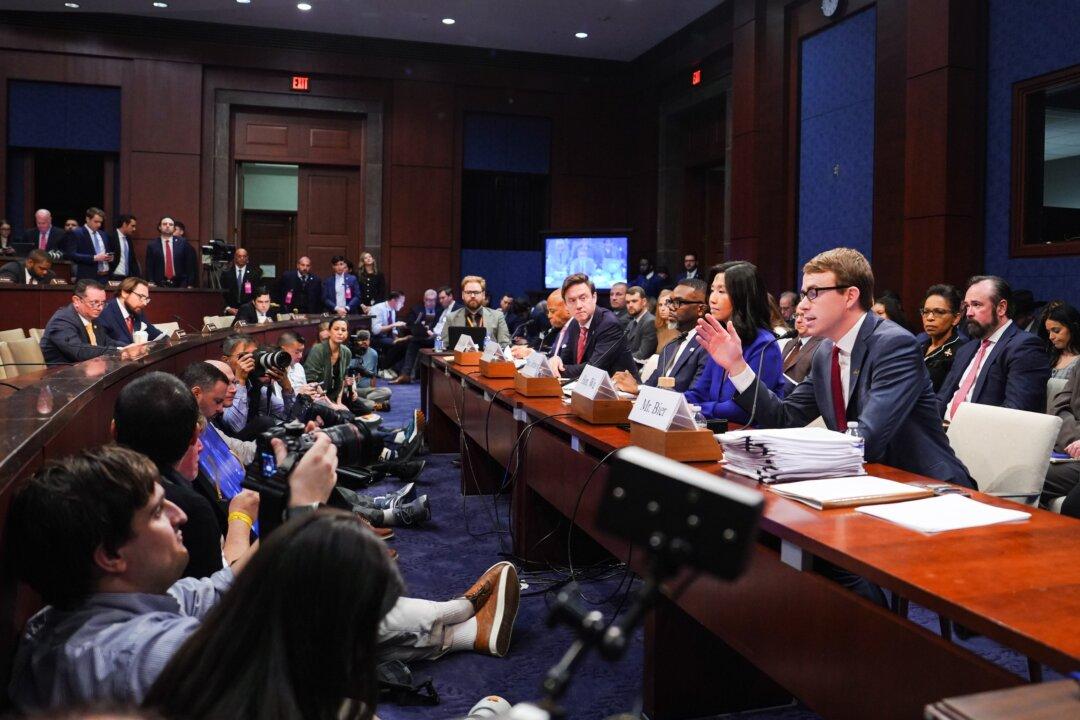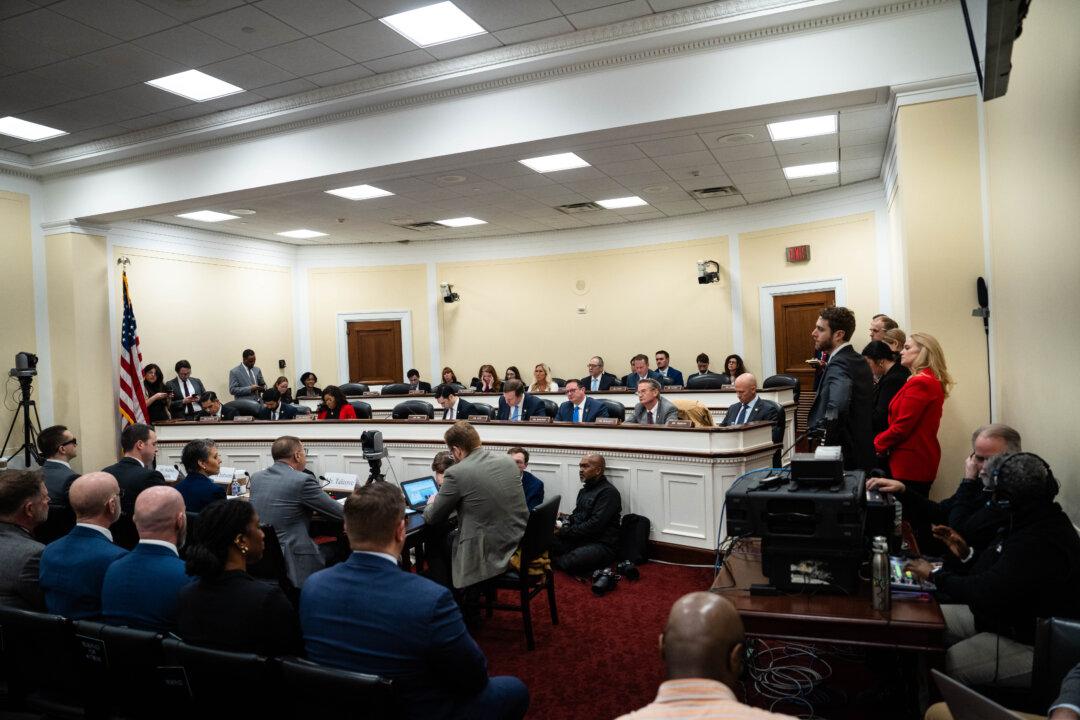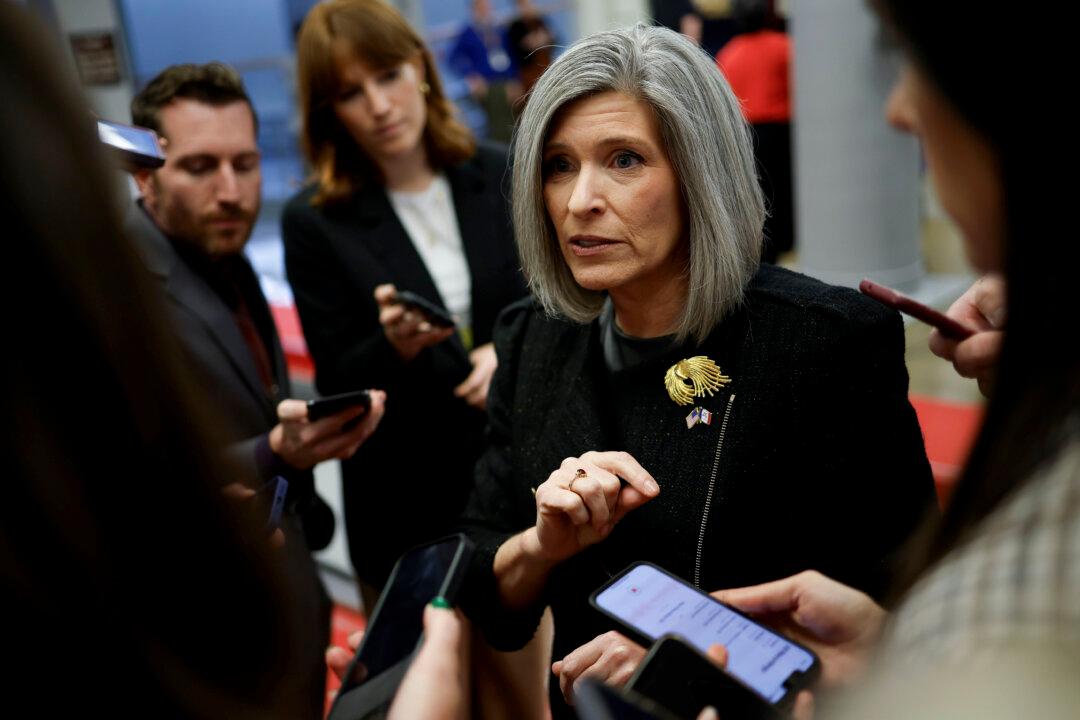Now in 2019, House Democrats want to bring back earmarks.
Led by House Majority Leader Steny Hoyer (D-Md.) and House Appropriations Committee Chairman Nita Lowey (D-N.Y.), the effort would restore in some form a practice first made infamous in 2005 by “a bridge to nowhere” in Alaska.
Earmarks were spending instructions buried in appropriations bills directing federal departments to spend tax dollars on projects such as roads, bridges or contracts, often to the benefit of a friend, family member or campaign donor of an anonymous senator or representative.
Conservatives such as Coburn also opposed earmarks because they were used in horse-trading to get senators and representatives to vote for big spending bills they would normally oppose.
The Alaska bridge earmark was for $398 million to construct a bridge connecting the island town of Ketchikan, with an airport and 50 residents, to the mainland.
The bridge was never built largely because Coburn used it so effectively in his campaign against earmarks, which are now referred to by backers as “congressionally directed spending” measures.

Lowey told Roll Call that the “Appropriations Committee has a proud tradition of congressionally directed spending, and I hope that we can reach a bipartisan, bicameral agreement to restore this important practice.”
Spokesmen for Hoyer and Lowey could not be reached for comment on Feb. 18, which was a federal holiday.
Other Republicans, including former Rep. Mike Rogers (R-Mich.), also encouraged bringing back earmarks in 2018.
Exactly how earmarks would be restored isn’t yet clear, but Schatz told The Epoch Times, “we don’t want them under any circumstances.”
Even so, Schatz conceded that the current effort may succeed, in which case, he said, “if they are going to restore them, it would have to be with even greater transparency and accountability than they had 10 years ago.”
The CAGW chief said the earmark restoration campaign likely faces a tougher road to success in 2019, because “10 years ago, we didn’t have as much social media, we didn’t have as much interest in what members are doing as we do now.”
He expects opposition to come from both the Left and Right, especially after “the Socialists find out that earmarks are not equitable.”

Even if House Democrats go back to earmarking, however, it doesn’t mean Senate Republicans will do so. Senate Majority Leader Mitch McConnell (R-Ky.) opposed the effort to bring earmarks back, and Schatz thinks he will continue to support the moratorium now.
“I don’t think he would have said something last year if he wasn’t serious about it,” Schatz said. “I haven’t spoken directly with him, but I think he may understand this is something they don’t need to be doing. It’s a distraction.”
Whatever the Democrats decide, waiting for them is the same determined opposition that derailed earmarks in 2011, including John Hart who, as Coburn’s press secretary, was largely responsible for the senator’s communications strategy in 2006.
“Restarting the earmark favor factory would be bad policy and bad politics for Trump and Republicans. You can’t drain the swamp while drinking from it,” Hart told The Epoch Times.
“History vindicated our argument that earmarks were the gateway drug to Washington’s spending addiction. When the earmark ban went into effect, spending actually decreased,” he said.
Hart is founder and president of Mars Hill Strategies, a Virginia-based public relations firm.
Also intently watching the earmarks restoration campaign is Adam Andrezejewski, founder and CEO of OpenTheBooks.com, which seeks transparency in government spending. He warns that “reinstituting congressional earmarks is the equivalent to bringing back the swine flu.”
It’s also, he told The Epoch Times, “the surest way for both parties to infuriate voters and get thrown out of office in 2020.”





